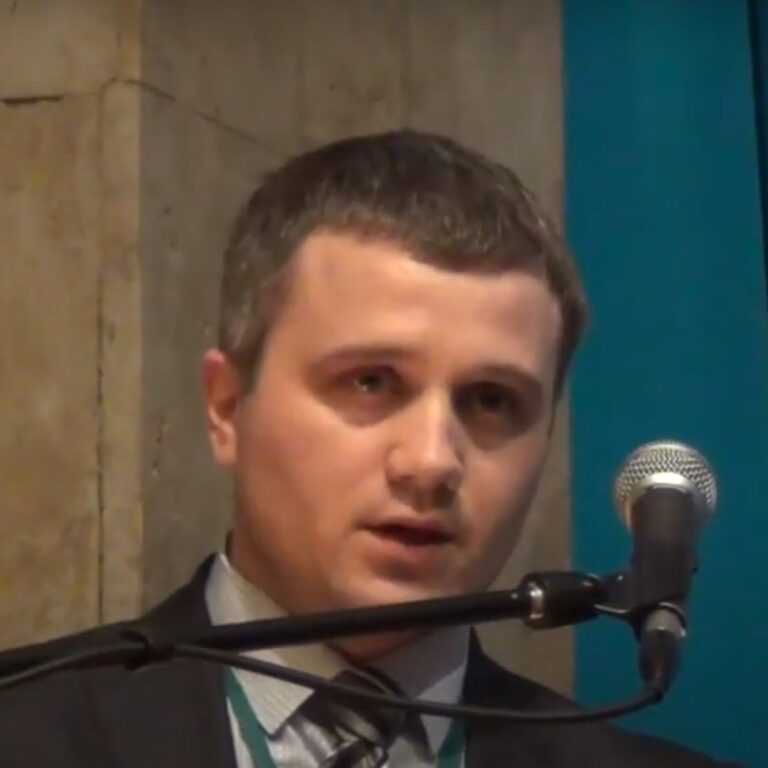On December 15, the aggressor’s Ministry of transport stated that the illegal “traffic of trucks along an alternative route” to the occupied Crimea through the newly occupied Berdyansk and Melitopol is allegedly “carried out in the normal mode.” At the same time, Russian propaganda spread an “interview” with the criminal “head of Crimea” Sergei Aksyonov on the same issue with the “message” that allegedly “there are no problems with logistics.”
However, Aksyonov himself immediately refuted himself, stating that drivers “move in a column” along this illegal corridor, which “allows you to pass checkpoints faster”, bluntly stating that drivers “who are traveling for the first time, “it is undesirable to go on the route on their own.”
In fact, admitting that the criminal ferry across the Kerch Strait did not solve the problems of the occupiers, Aksyonov said that allegedly “the possibility is being discussed” of criminally “passing empty trucks across the bridge”, and by spring – “cars with cargo”, at the same time specifying that “there is no decisions yet”. However, other collaborators, such as the aggressor’s propagandist Igor Dimitriev, after their next criminal trip to the border of Ukraine with the Russian Federation in the Donetsk region, have a “completely different vision.”
As this former deputy of the Odessa City Council and a friend of the Russian Nazi Yegor Prosvirnin, who suddenly decided to “fly out of the window”, states, in the area of occupied Novoazovsk, “trucks stand … in several rows, a continuous traffic jam for many kilometers.” Dimitriev states that as part of such criminal activity, they “stand in line for several days. Military convoys make their way there. Forehead to forehead. Civilian vehicles go around the fields. This is the “land bridge” to the Crimea.”
However, here the grounds for such Dimitriev’s “unexpected insight” are simple – the system of “convoys” and “passes” for illegal traffic along the “land corridor” is a source of billions in profits, for which there is a sharp struggle between the Russian special services and the military, with the participation of “entrepreneurs” and collaborators.







